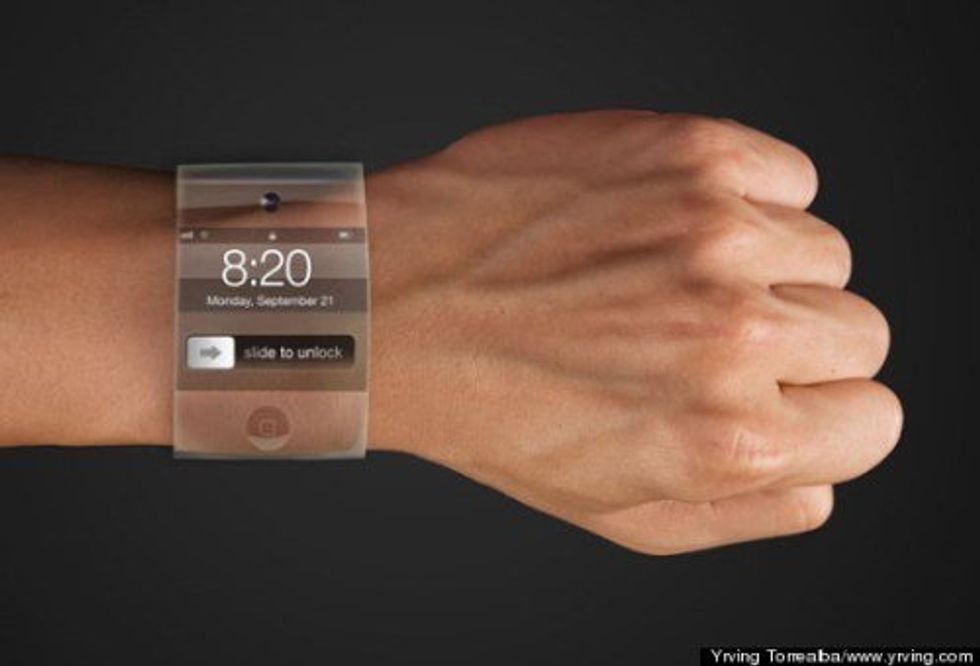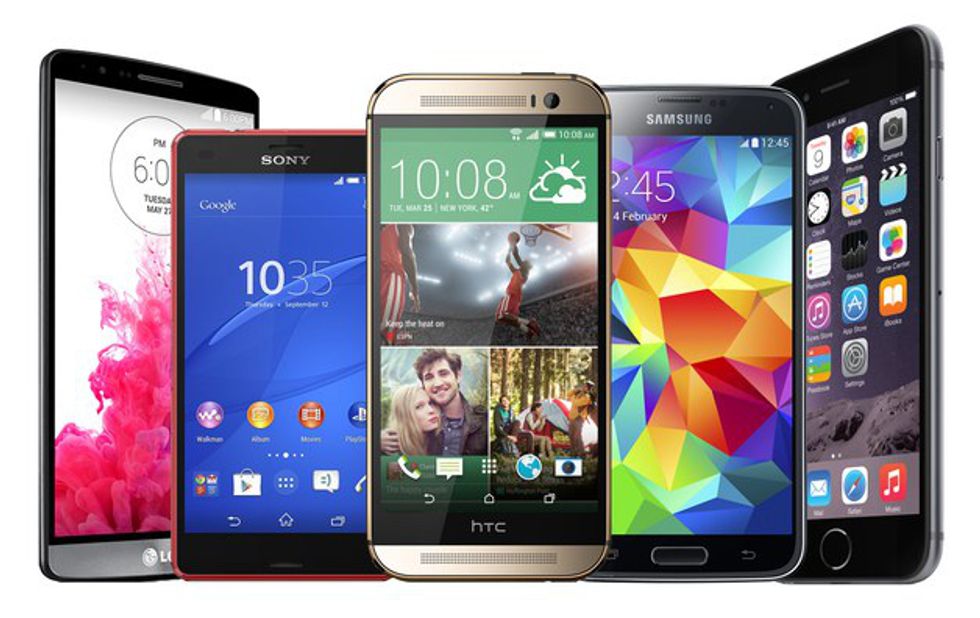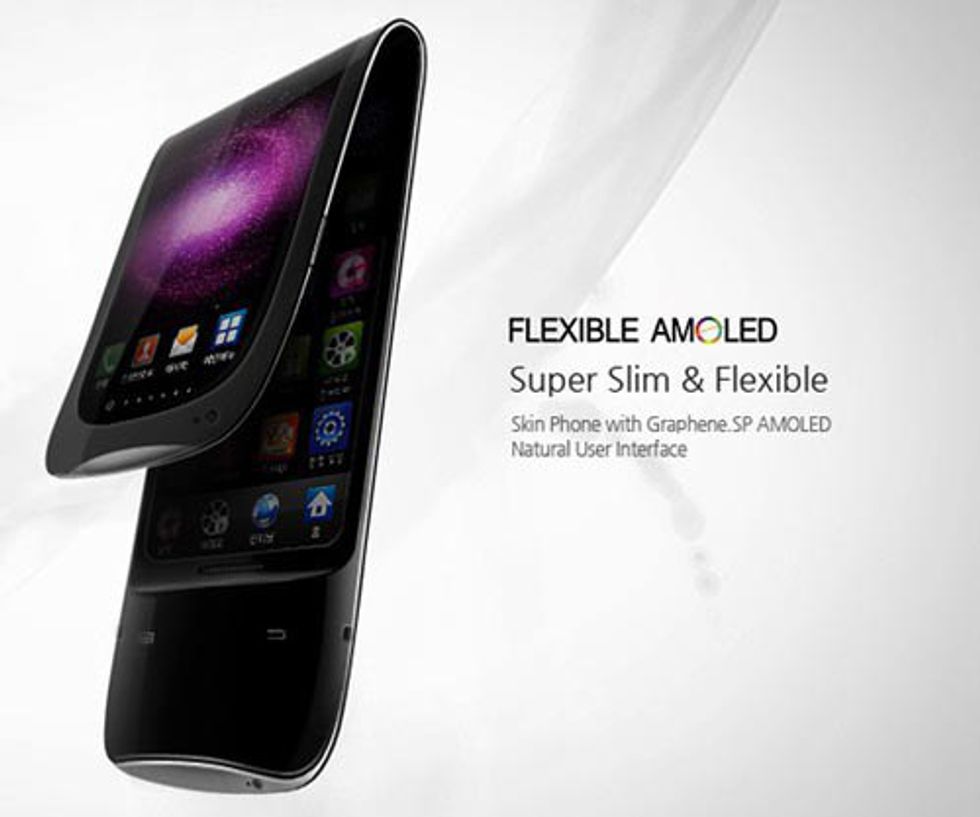The Mobile World Congress recently commenced, and with it came the unveiling of the next generation of smartphones. This got me thinking about these companies as well as the devices they churn out every year. We owe a lot to them for their brilliant ideas and devices, yet a question came to mind that may have crossed yours before. Where do smartphones go from here?
As of late, all phones that have come out have been designed and built fundamentally the same way. Indeed, there have been new updates and upgrades, but that's something we generally know and come to expect. A thin block with a rear and front facing camera, a home button, power button and volume keys.
They are so similarly designed that people easily get the devices confused for something else. This puts all companies in a tough spot to redesign and attempt to change the game. They are limited by what technology can really allow, which leaves the consumer with accepting small changes to detail. We have grown accustomed to fingerprint scanners and curved screens. Something marginally new immediately becomes the standard we’re used to.
Smartphones have hit a ceiling, leaving companies struggling to capture the attention of consumers. The era of the smartphone is reaching an end as people seek out new technology, yet they will forever remain relevant as long as integration continues. Virtual reality is a strong newcomer for instance, but it relies on other devices to work like our standard smartphone. So, in observation, there are two directions smartphones may head. This is not to say that they would be married to only one idea - they could go both ways entirely. So in the pursuit of advancing forward, the first is:
1. Modulation
How does one alter a smartphone for the future? Well, that’s exactly it. One does it themselves. A modular smartphone means longevity and adaptability. This allows a user to interchange and upgrade their device as they see fit, yet not have to upgrade every few years. Rather, they can upgrade small pieces at a time. Modulation opens up an expansive world of customization. It’s just like a puzzle with pieces connected together. Overall, this would make it cheaper to replace one part at a time, but also give businesses a broader expansion on what they can offer. This would mean a smartphone potentially becoming any range of gadgets from a high-end pro camera with all the setting controls, to a high-quality entertainment hub. The coolest part is that it’s already becoming reality with recent phones such as LG’s G5.
2. The Bendable/Foldable Phone
This one, a thought provoking idea, is rumored to already be in development. A phone that can twist and bend every which way for any need. Imagine being able to have a device that is capable of fitting in your pocket but has the ability to open up into a tablet. A phone that can have two screens, front and back, and being able to bend it into an armband. Samsung has thought of such a future contraption and, to wet your whistle, made a humorous concept ad with, albeit, a simplified design.
Perhaps something different sneaks up on us, but only the scientific minds at work know what’s in store for us in the years to come. With the standard we hold smartphones to today, one thing is for sure: we’re going to want it.
























